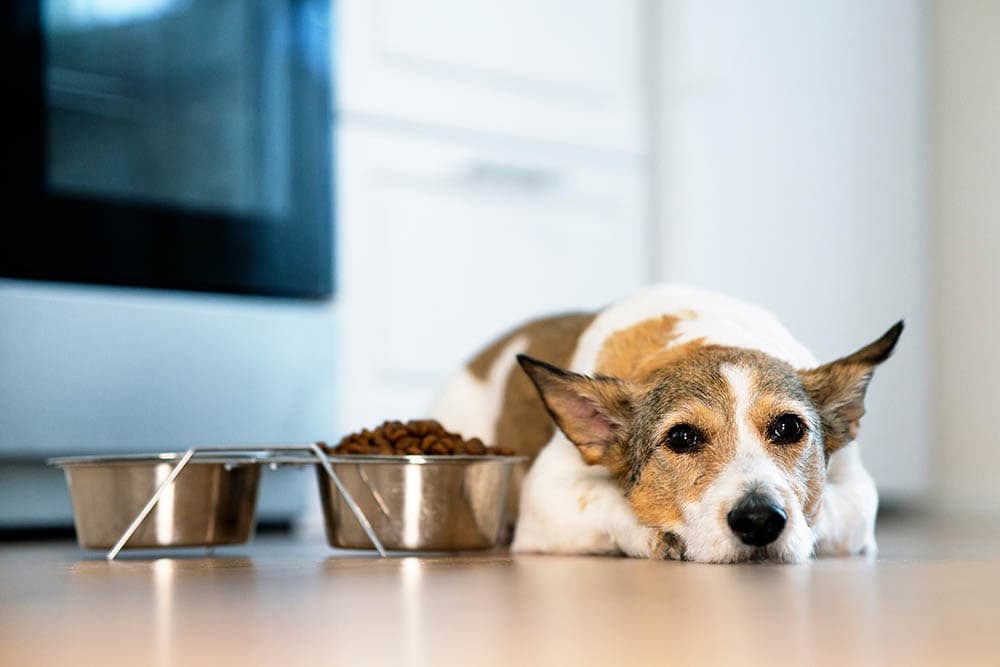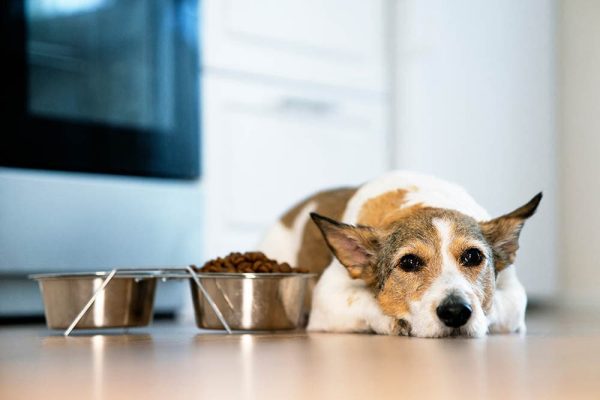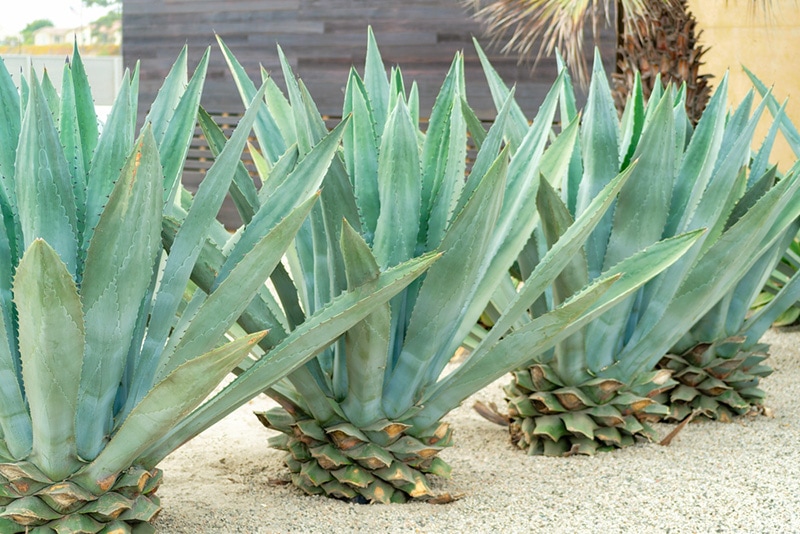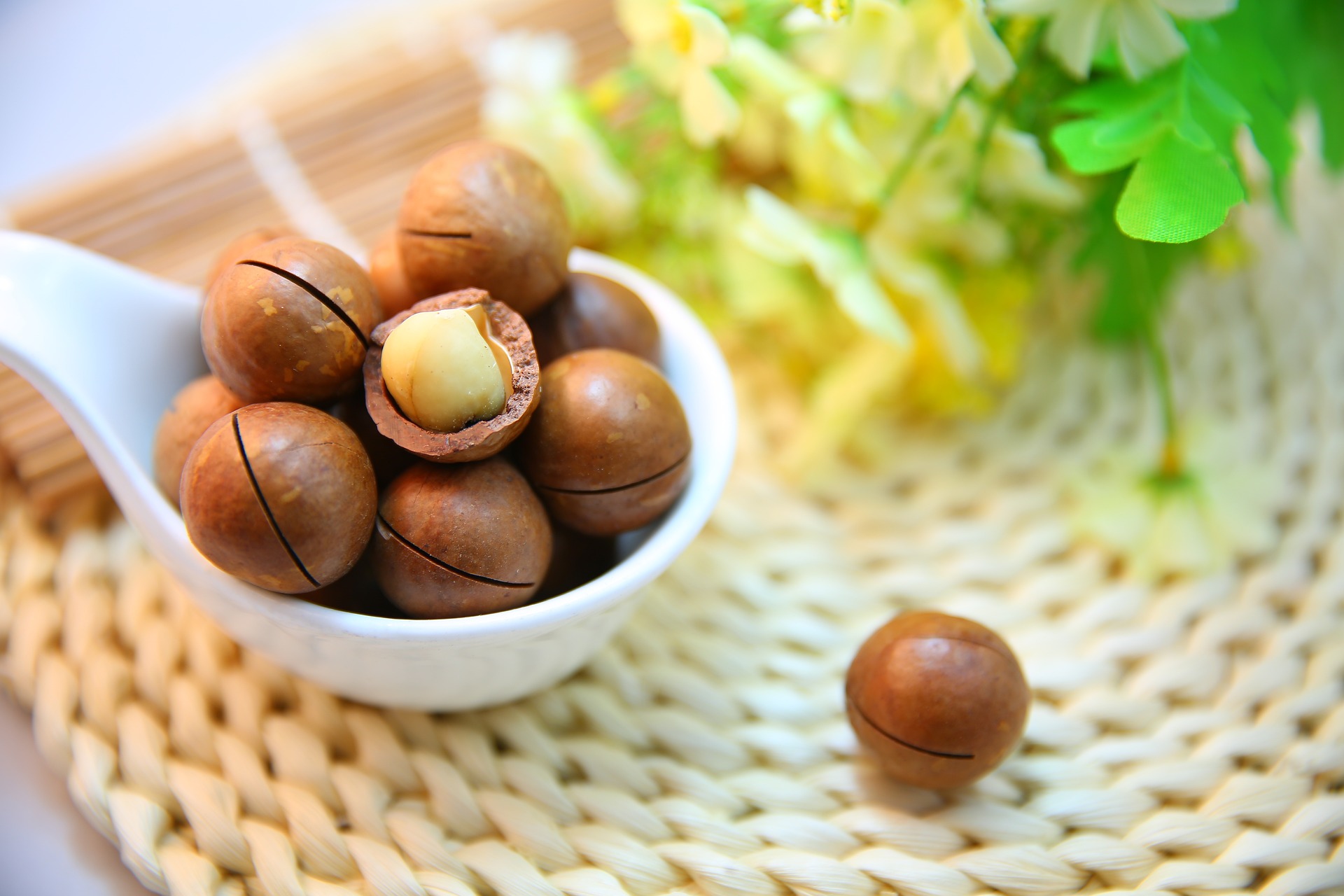Click to Skip Ahead
Whether your dog is graduating to a different life stage, you’re unhappy with the current food you’re giving them, or something else entirely, it’s a perfectly normal thing to transition your dog to a new diet.
But just because you’re ready to give them new food doesn’t mean you should stop giving them the old stuff and switch them over cold turkey. A slower transition is much better for their overall health and well-being, and with that in mind, we’ve highlighted the best way for you to help them transition to new dog food just below.
The Step-by-Step Guide for How to Transition Dog Foods
The absolute best way to transition your dog to a new diet is to do it slowly. We recommend following the chart below, but keep in mind if your dog has a sensitive stomach or if you’re making a transition to a vastly different food, you can make the transition even slower.
- Day 1: 90% old food/ 10% new food
- Day 2: 80% old food/ 20% new food
- Day 3: 70% old food/ 30% new food
- Day 4: 60% old food/ 40% new food
- Day 5: 50% old food/ 50% new food
- Day 6: 25% old food/ 75% new food
- Day 7: 100% new food
It’s also worth noting that you don’t need to worry about getting exactly the right percentages each day. The important thing is that you’re gradually transitioning them over to the new diet and giving their stomach and body a chance to adjust to it.
Furthermore, while transitioning them to a new diet, keep an eye on their overall health and well-being and look for signs of potential food sensitivities.
What Can Happen If You Switch Dog Food Too Quickly?
A dog’s digestive tract is a finely tuned system. It includes multiple good bacteria that help to efficiently digest food. When food is changed suddenly, it can throw off the balance of good bacteria and lead to digestive issues such as vomiting and diarrhea. A more gradual transition allows that bacteria to gradually change over, maintaining a healthy balance and avoiding things like vomiting, diarrhea, or not eating the new food.
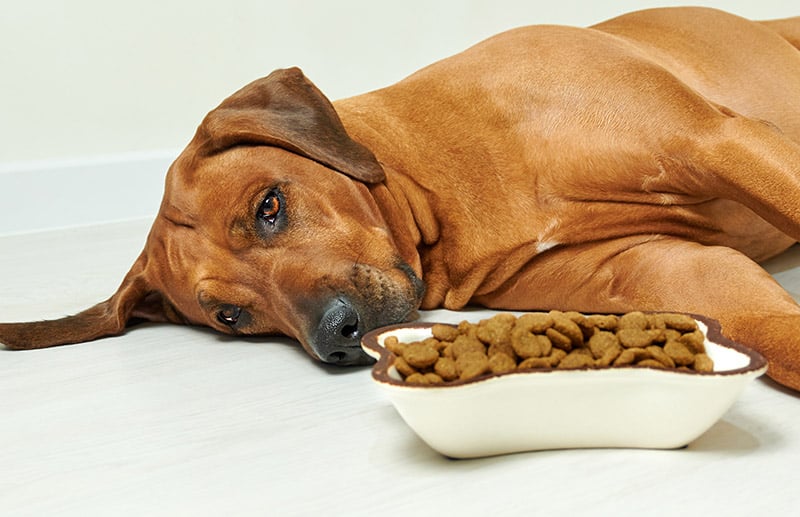

Factors to Consider When Switching Dog Foods
While a gradual transition, as we highlighted above, is usually the best way to transition your pet to a new food, that’s not always the case. There are several factors you’ll want to consider, and often, these factors are the same reasons you’re transitioning them to a new food in the first place!
With that in mind, we’ve highlighted three major factors you’ll want to consider when switching your dog to a new diet.
1. Food Sensitivities
This is a factor you’ll need to consider if your dog starts to develop food sensitivities to either their new or old food. If it’s a problem with the new food, you’ll need to transition them to something different, but by transitioning slowly, you can identify the problem before it becomes a major concern.
However, if your dog has a food sensitivity to their old food, you’ll likely want to transition them over faster than we’ve highlighted above, but you’ll need to consult your vet about if this is the right tactic.
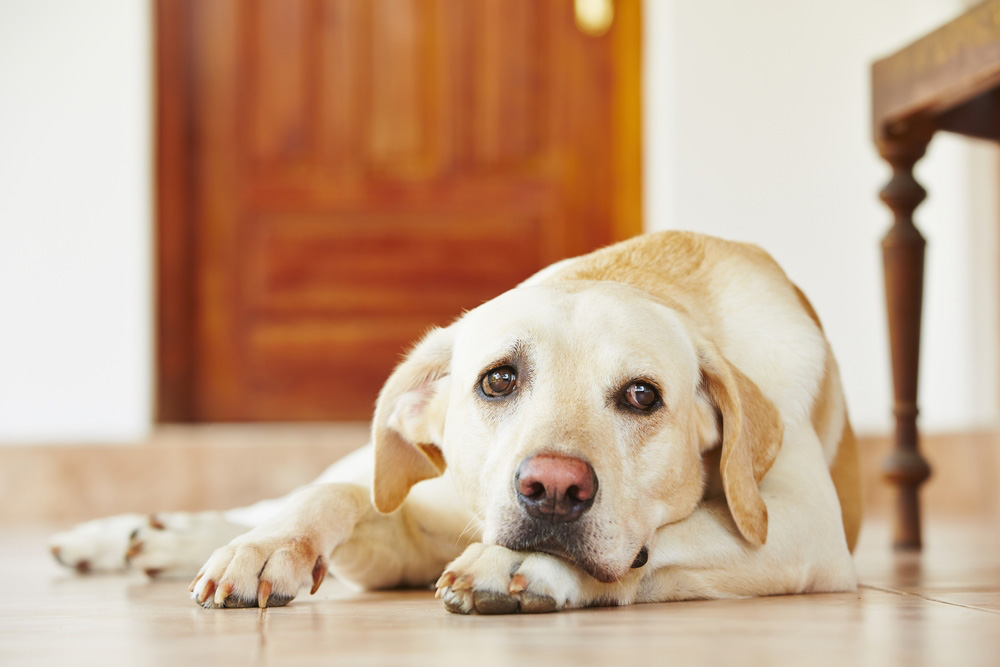
2. Life Stage
As your dog gets older, they’ll need to transition to different foods that are appropriate for their age, and when making these routine transitions, you’ll want to follow the gradual transition tips we highlighted above.
This is true even if the new dog food comes from the same brand. Gradual transitions make everything as easy as possible for your dog, and this helps you identify if there are potential issues more quickly.
3. Weight
While you might want to get your pup on a new food as soon as possible to help them start shedding some pounds, unless their vet specifically recommends transitioning them over sooner, we recommend following the gradual transition we highlighted above.
An extra week won’t be the make-or-break point in helping them lose weight, but it can make the transition to the new food a bit easier for them.
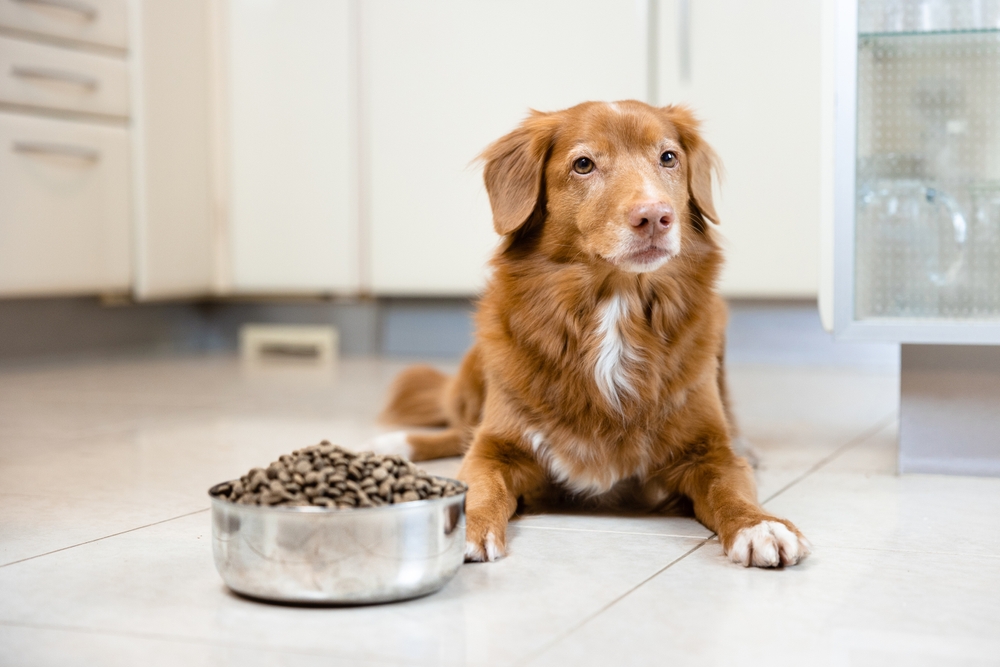
Final Thoughts
While gradually transitioning your dog to a new diet takes a bit more work and patience, the overall benefits for your dog make it well worth it. It can make it easier on their stomach and more likely that your dog won’t turn their nose up at the new stuff.
After a week or so, you can give them the new food without needing to worry about anything, so take it slow and do it right the first time.
Featured Image Credit: Daria Lixoveteckay, Shutterstock

